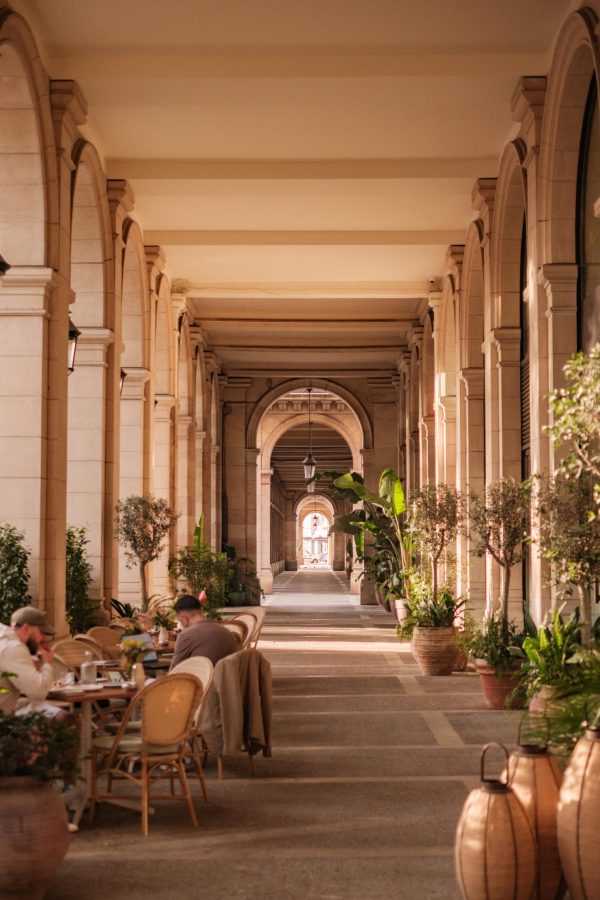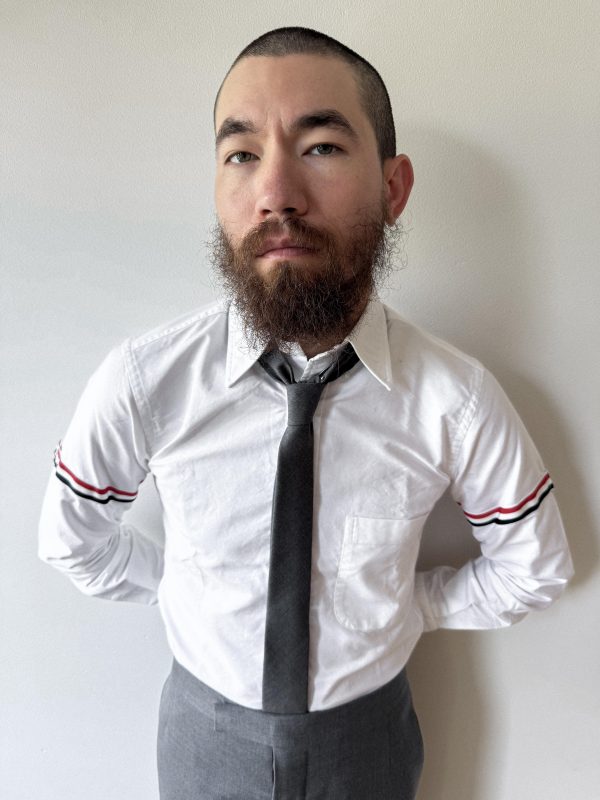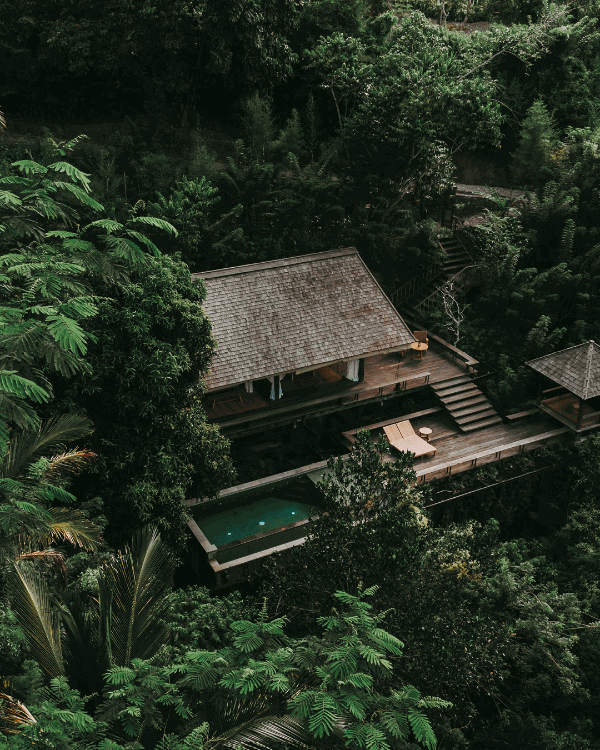
Los Angeles-based Austin Call, the artist behind the alias @duhrivative, is making a powerful mark on the contemporary art scene with his striking and unconventional style. Known for “deconstructing reality,” Call’s work blends his personal experiences with pop culture portraiture in a way that disrupts traditional artistic norms. As a Midwestern transplant in LA, he draws inspiration from the city’s eclectic energy while also weaving elements of mental health, recovery, and technological overload into his visually disorienting yet deeply compelling pieces. His work pushes viewers to engage with a reality that feels fragmented, yet relatable—a reflection of the chaos and beauty of modern life.
Having emerged from a challenging period in his life, Austin transformed his struggles into fuel for his creative journey. His reimagined portraits of cultural icons reflect his belief that nothing is truly original—everything is, in essence, derivative. Hence the name @duhrivative. Through this lens, Call reshapes reality, offering fresh, provocative takes on familiar figures and themes. In this interview with Schön!, Austin delves into the inspirations behind his art, his unique creative process, and his evolving vision for the future, offering insight into a mind redefining what it means to be an artist in today’s digital world.

Can you share with us how your journey as an artist (and as @duhrivative) began?
I’ve been creating for about as long as I can remember, drawing, painting, collages, painting, sculptures, but the moment I created @duhrivative was during a pivotal point in my life that I felt I needed the most drastic change, a lifeline rather, a delayed Saturn return.
I was in a relationship that was terribly unhealthy, I had an undiagnosed substance use disorder, which went hand-in-hand with my depression, I wasn’t creating art, I was working a menial job that I didn’t care about. I truly didn’t care about anything but getting drunk for reasons no greater than forgetting about who, what and where I was.
Ok, enough of the darkness. So, I like to get quippy with words and derivative is a common word you hear in art critiques. I find this funny because naturally speaking everything is derivate. Maybe a theoretical physicist or theologist or someone of the like would argue this but I believe everything has derived from something else, into infinite, i.e. nothing is original – alas derivative, duh (am I being so obvious?) At this point in my life, I was almost exclusively working on a computer or tablet so I figured why not just brain-dump random digital portraits onto an instagram and use it as an online sketchbook. The rest is history.
You often depict the faces of contemporary pop culture icons in your unique, distorted surrealist style. How do you choose your subjects?
Whoever I’m inspired by. Someone may have impacted my life. Musicians I love. Celebrities influencing the zeitgeist. Someone who has taught me something. People who are different from me. It is a vast range.
Could you walk us through your creative process from conception to completion, including what mediums you use?
It depends on the project but we will stick to self-directed work. A canvas work I am going to sell myself (currently a majority of my work). I source a number of photos. I think digitally manipulating these photos so that I am not using one main photo. Therefore it becomes its own distinct work of art. I still consider this a mockup. I print this work on small pieces of paper. I then collage the work again once printed and decoupage onto canvas (however I’m starting to work with hardboard). The decoupaging process introduces different challenges which I like because the rougher I am with the process or if there is an old layer underneath it creates textural elements and tears and deteriorates the surface of the new artwork which I really enjoy. It becomes deconstructive.
Once I have the second collage settled, I then start layering various mediums, my go-to’s are; acrylic paint, oil pastel and charcoal. I like my work to resemble but not replicate wheat pastings, or as advertisers call them, wild posts. I don’t seal my work, I want the collector to see and feel the texture, pick the work up and get a bit of oil pastel smudged on them or notice how presumably fragile or fleeting the work is. I handle my work very rough, because I don’t care. I’ve learned to relinquish control of essentially everything around me through sobriety and trauma. It feels good to not be delicate with my creations.


In an ideal world, would you like to have a pop-culture icon come to your studio to sit while you create their portrait, or is the level of separation beneficial for your work?
Have you tapped my phone? All I will say is hold tight, more news to come.
How do you aim to evoke emotion through your art? Is there a specific piece you’ve created that you feel particularly succeeds in connecting with viewers on a deep emotional level?
There are two pieces (portraits) I created whilst in rehab from old magazines (which I would sell) and then one I sold right after I got out of rehab (that I actually made right before I ended that relationship I mentioned above. I titled it “Scream” and I didn’t realize it at the time but I thought I was conveying this person truly screaming so deeply and emotionally, but upon reflecting it appears as though this person is apathetically screaming. Almost like in a dream when you try your absolute hardest to scream but nothing comes out. It’s a figure trying to express or convey emotion to the world to no avail, and I think when I reflect back to those times It perfectly depicts where I was at mentally.
Regarding the other two collages, I’m not sure if they connected with viewers but for me, they were so important in connecting my inner child, the one that used to make art that way. No phones, no inspirations, just pure imagination. People in my rehab were making games up with the artwork and it was bringing joy to others. So I guess in the immediate vicinity, yes, it did connect with viewers around me.
As an Indiana transplant, how has living in Los Angeles influenced your work?
Street art, nature, architecture, advertisements. I am taking it all in like a sponge. I am constantly inspired. I love when commercialization attempts to colonize the neighbourhoods and local artists protest by turning the billboards into their street galleries. It feels like a triumph every time. Especially since I am still fairly new to LA, I am constantly hitting refresh in my brain, adding to my notes app, taking photos, screenshotting, remembering locations and listening. It’s good to get up and move. Inspiration breeds inspiration.


Can you share how your relationship with addiction and mental health is reflected in your work?
My work is a non-linear glimpse through the eyes of someone dissociating and attempting to make light of what I think the world needs to see. It appears funny, sadistic and at times a bit back-handed when in reality it’s just second nature for me to reinterpret reality in an absurd way. What began as a literal interpretation of what I thought, felt, and saw has turned into an ongoing cathartic expression. It’s me giving you the okay to be you, all day, every day. Beauty is totally subjective and honestly not even real, so distort it and make it up.
What are some of the biggest challenges you face as an artist?
In the last year and a half, my biggest struggle has been inconsistency in work, artwork sold and commercial work. I should sit back and acknowledge my achievements but I am hard on myself so if I don’t have an ample amount of work or projects at once, it feels like stagnancy and that feels like failure.
What are your main goals and aspirations as an artist? Are there any new directions or mediums you are excited to explore?
I am attempting to bridge a gap between my fine art and a larger, commercial career. It’s a fine balance but one I am determined to and slowly working towards achieving.
What’s next for you?
I am starting a monthly art series drop, beginning with a 10-piece cowboy series, so be on the lookout!

Learn more about Austin Call at duhrivative.com.
photography. Christian Högstedt
interview. Charlotte O’Neill

















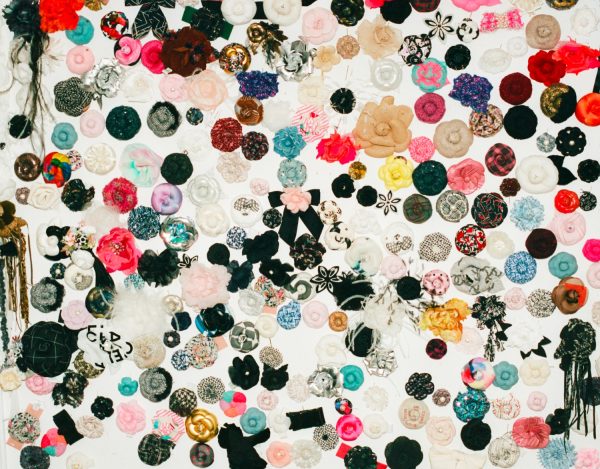












































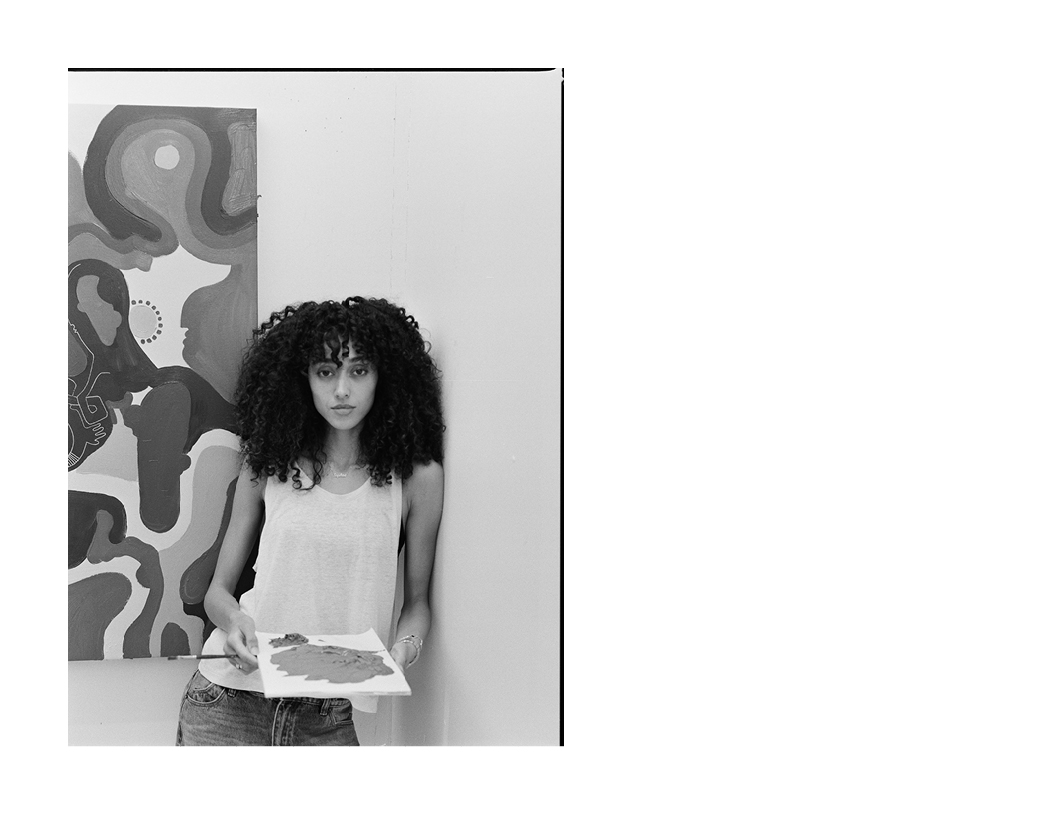
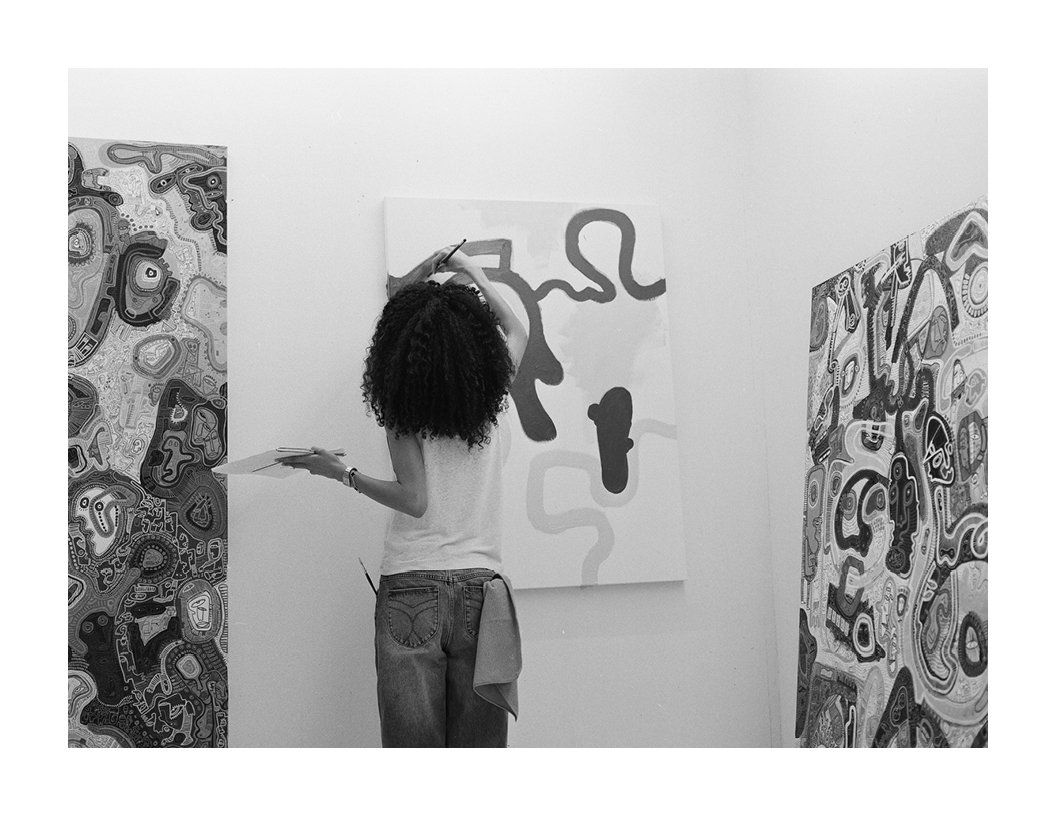


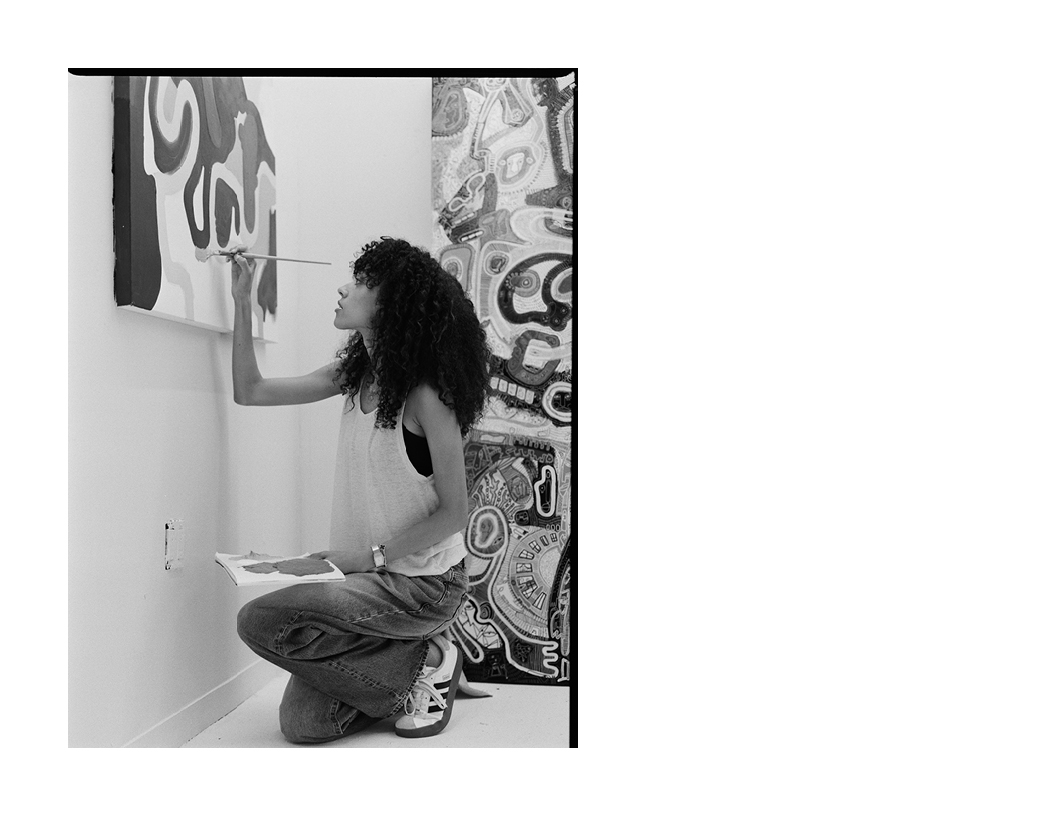




 Finally, I was wondering about your relationship with the city of Barcelona. How does your perception of the city inform your photography?
Finally, I was wondering about your relationship with the city of Barcelona. How does your perception of the city inform your photography?

